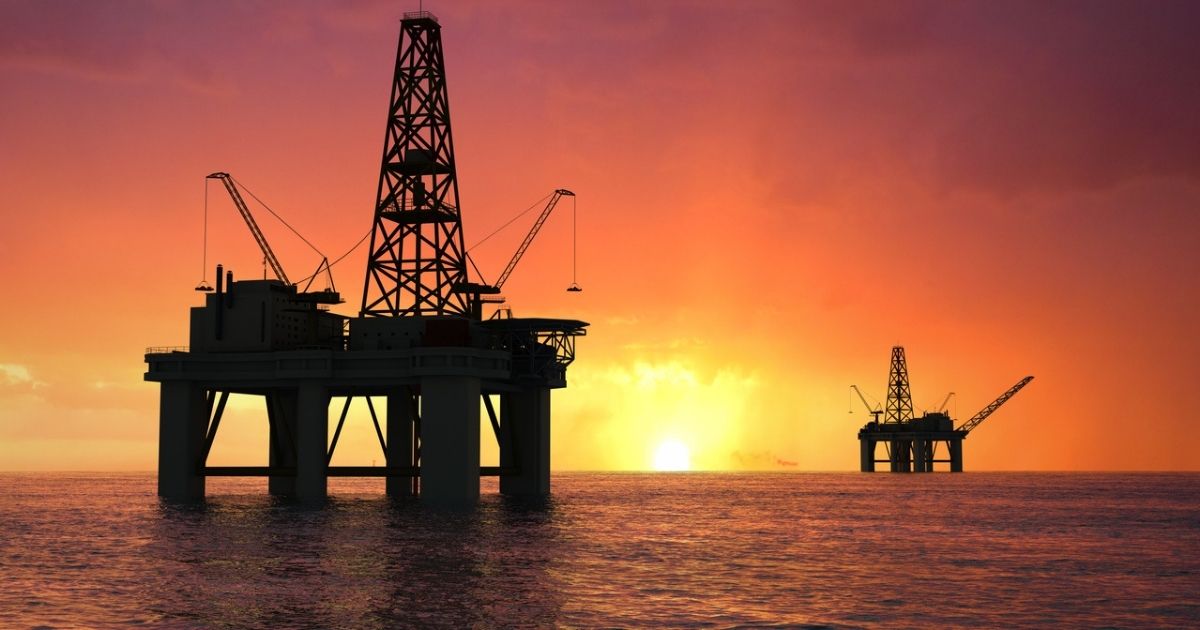The Bureau of Ocean Energy Management (BOEM) with support from the Bureau of Safety and Environmental Enforcement (BSEE) published new research on Dec. 3, that indicates certain economic policy changes may help increase oil and natural gas production in the Gulf of Mexico (GOM), using deepwater infrastructure already in place.
“This research provides critical information that demonstrates energy production in the Gulf of Mexico should not be managed with a ‘one size fits all’ approach,” said Principal Deputy Assistant Secretary of the Interior Casey Hammond. “Promoting robust oil and natural gas production is our obligation to the American public and with the findings from this research, we are better equipped to prevent the stranding of our nation’s valuable energy resources in deepwater.”
“Promoting the recovery of the remaining oil and natural gas resources in deepwater is responsible management of our Nation’s resources,” said BSEE Director Scott Angelle. “Protecting the interests of the American public is our responsibility as BOEM estimates 4.5 billion barrels of oil equivalent are in proximity to these deepwater facilities.”
The study, which can be found here, evaluated and recommended updating economic parameters used by BOEM’s sister agency, BSEE, in the evaluation of certain special case royalty relief applications. This research examined future wells using subsea tiebacks, including extended-reach tiebacks, that require high-cost enhanced flow assurance technologies, such as subsea booster pumps.
“Using BSEE’s initial data, our team identified economic considerations specific to subsea tiebacks requiring enhanced flow assurance technologies,” said BOEM Acting Director Walter Cruickshank. “This updated research will provide more opportunity for operators to earn the needed rate of return while minimizing stranded resources.”
Deepwater oil and natural gas production, in water depths greater than 200 meters, accounts for 92% of total GOM offshore oil production and 14% of all domestic oil produced in the United States. Under the Trump Administration, in 2019 facilities in deepwater GOM averaged a record-breaking 1.7 million barrels of oil per day.
“America is the top producing Nation, thanks in great part to the GOM,” said Angelle. “Facilitating production in the GOM is critical for our Nation’s national security, economy, and American jobs.”
About four out of five deepwater facilities are producing less than 50% of their daily oil production capacity (based on a three-year average of daily production rates).
As noted in the new research, significant volumes of contingent resources exist roughly 30-60 miles from existing facilities. Producing these resources would likely require subsea tiebacks with additional high-cost subsea pumping and other enhanced flow assurance technologies. Operators may use the updated economic parameters when applying for BSEE’s special case royalty relief program under existing regulations. For a project to qualify for special case relief, the operator must apply and demonstrate that it will use this high-cost technology and that such use is uneconomic under the lessee’s current royalty rate, using the economic assumptions provided by BOEM.


